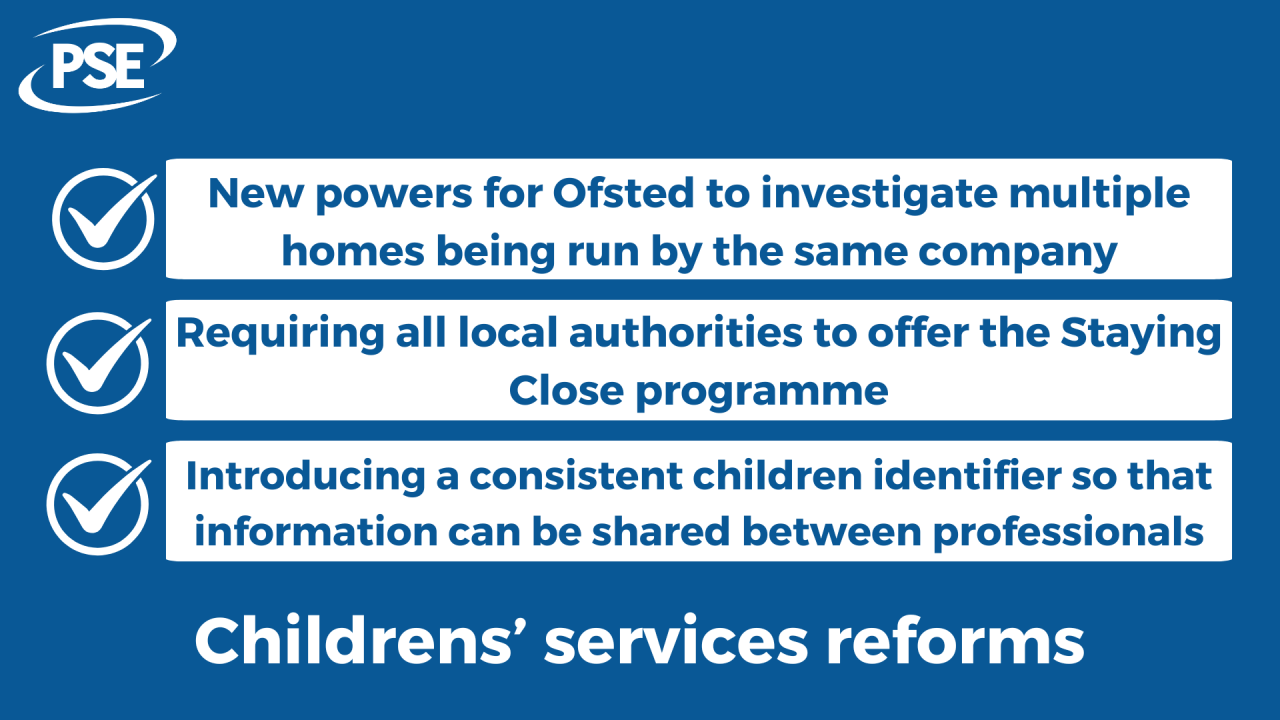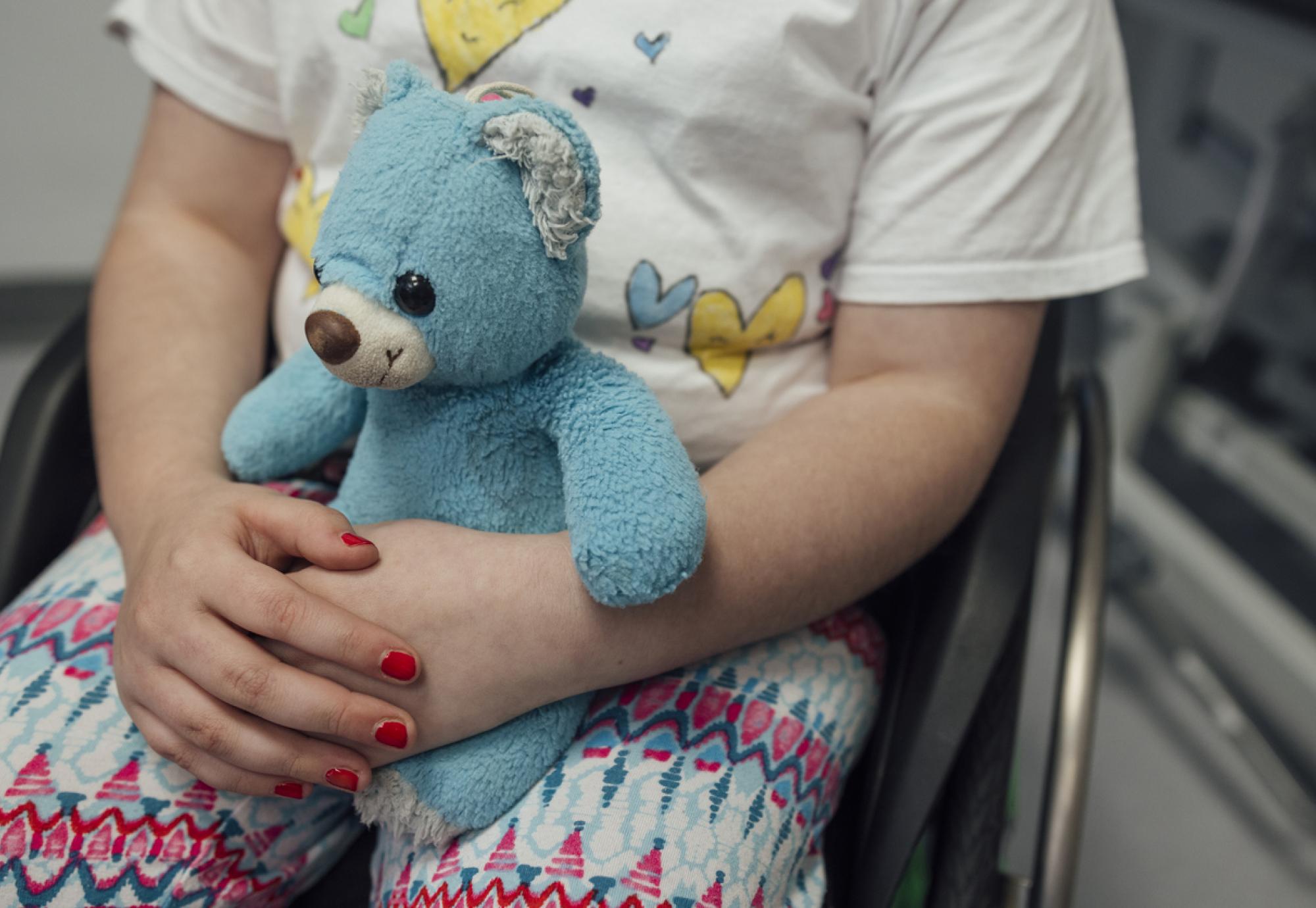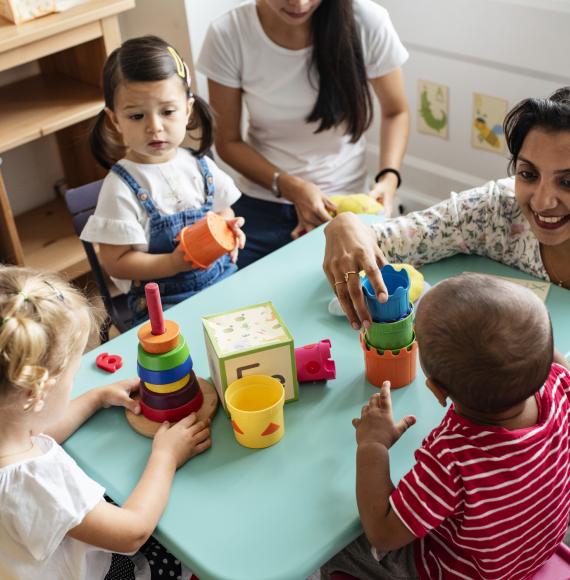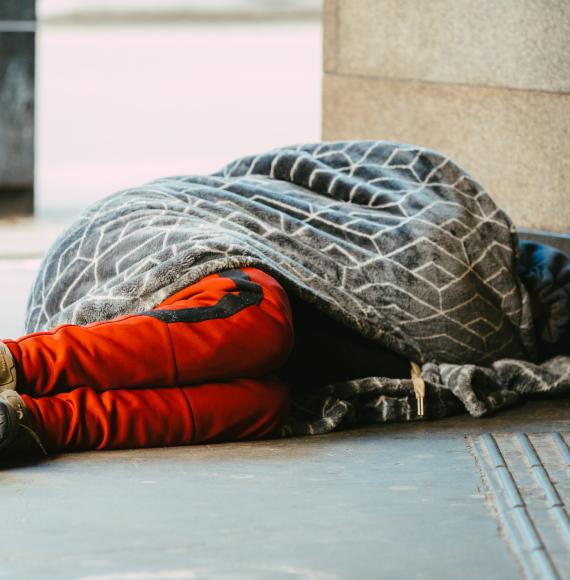The Education Secretary has announced a package of reforms that will overhaul children’s social care.
This will be done to ‘break the cycle of late intervention’ and keep families together for as long. New measures will be put to parliament as the government works to improve outcomes for children, whilst also empowering social workers to take action against children’s placements that are not of the right standard.
The importance of this reform comes as local government spending on children’s services has skyrocketed in the last 14 years, from £3.1 billion to £7 billion. Often, social workers ae burdened by heavy caseloads and end up struggling to deliver the real help that children and families need.
Bridget Phillipson, Secretary of State for Education, said:
“Our care system has suffered from years of drift and neglect. It’s bankrupting councils, letting families down, and above all, leaving too many children feeling forgotten, powerless and invisible.
“We want to break down the barriers to opportunity and end the cycle of crisis through ambitious reforms to give vulnerable children the best life chances – because none of us thrive until all of us do.
“We will crack down on care providers making excessive profit, tackle unregistered and unsafe provision and ensure earlier intervention to keep families together and help children to thrive.”
One of the outstanding challenges that children’s social care is facing is that some private care providers are making excessive profits on money that should be being contributed towards the care of vulnerable children. This comes with Local Government Association analysis finding that there are more than 1,500 children in placements that each cost the equivalent of more than half a million pounds every year, whilst the largest 15 private care providers make a 23% profit on average.
In order to combat this, the government’s new rules will require placement providers to share their finances with the government, so that profiteering can be challenged. This will also help to identify providers that might be struggling, and stop them from going under, leaving vulnerable children without a home.

Other measures that have been announced include:
- New powers for Ofsted to investigate multiple homes being run by the same company
- Introducing a consistent children identifier so that information can be shared between professionals
- The requirement for every council to have multi-agency child safeguarding teams – involving schools and teachers – so children don’t fall through the cracks
- Requiring all local authorities to offer the Staying Close programme, which will enable care leavers to find and keep accommodation up to the age of 21
- A new duty on parents to need local authority consent before they home educate a child that is subject to a child protection enquiry or protection plan.
Children’s Commissioner Dame Rachel De Souza also commented:
“Every child deserves to grow up safe, happy, healthy and engaged in their communities and in their education. With this Bill we have an opportunity to repair how we treat childhood in this country.
“Children are paying the price of a broken social care system that allows profits over protection. They are enduring things no child should ever have to: living in isolation in illegal children’s homes, often at enormous cost, deprived of their liberty without due process, often surrounded by security guards instead of receiving love and care.
“Children in the social care system today are living week to week in limbo. They need action without delay, not plans or strategies, so I welcome the urgency with which this government is setting out plans to tackle some of the most entrenched challenges. There must be no limits on our ambition for these children and I will look forward to working closely with ministers to push for radical reform.”
As these changes are rolled out, the government has confirmed that it will work closely with local authorities and the children’s care sector to make sure that the best outcomes are being achieved for children and their families.
Image credit: iStock



















